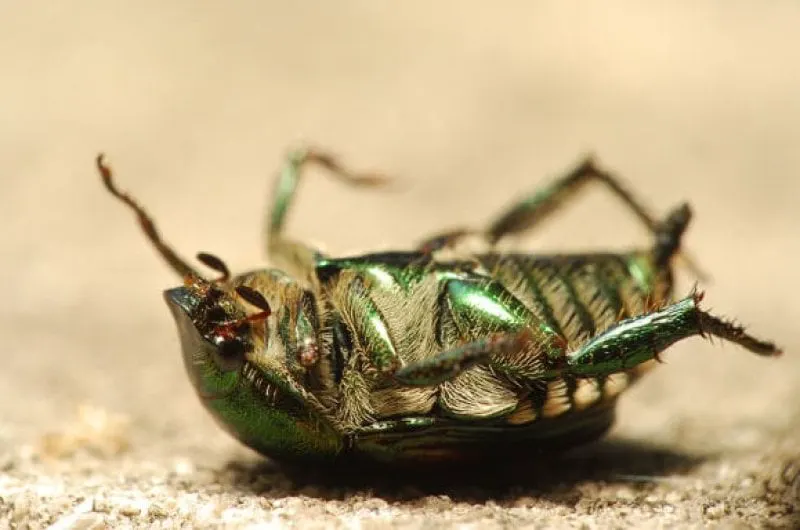Catastrophic claims of an ‘insect armageddon’ misrepresent the science
Catastrophic claims of an ‘insect armageddon’ misrepresent the science


“The insect apocalypse is here,” said the New York Times in 2018. “Plummeting insect numbers ‘threaten collapse of nature’,” said The Guardian in 2019: the source for this claim was a paper published in the journal Biological Conservation by two Australian scientists that claimed to reveal “dramatic rates of decline that may lead to the extinction of 40 per cent of the world’s insect species over the next few decades”.
This was junk science of the worst kind. As three other scientists then pointed out: “There is so much wrong with the paper, it really shouldn’t have been published in its current form: the biased search method, the cherrypicked studies, the absence of any real quantitative data to back up the bizarre 40 per cent extinction rate that appears in the abstract? and the errors in the reference list.”
But whereas the apocalypse paper was rushed through peer review to publication to movie hype in four months, the debunking paper was held up for 12 months by hostile reviewers trying to get it killed. This imbalance in scientific publishing and media coverage is common: alarming results get megaphoned, moderate ones are muttered.
[Editor’s note: GLP founder Jon Entine debunks “insect apocalypse” claims here: An activist-based PR campaign is poised to claim that the Earth faces a Silent Spring-like ‘insect armageddon.’ Will The New York Times and other media fall for the ‘hysteria con’ once again?]
Read the original post

 | Videos | More... |

Video: Nuclear energy will destroy us? Global warming is an existential threat? Chemicals are massacring bees? Donate to the Green Industrial Complex!
 | Bees & Pollinators | More... |

GLP podcast: Science journalism is a mess. Here’s how to fix it

Mosquito massacre: Can we safely tackle malaria with a CRISPR gene drive?

Are we facing an ‘Insect Apocalypse’ caused by ‘intensive, industrial’ farming and agricultural chemicals? The media say yes; Science says ‘no’
 | Infographics | More... |

Infographic: Global regulatory and health research agencies on whether glyphosate causes cancer
 | GMO FAQs | More... |

Why is there controversy over GMO foods but not GMO drugs?

How are GMOs labeled around the world?

How does genetic engineering differ from conventional breeding?
 | GLP Profiles | More... |

Alex Jones: Right-wing conspiracy theorist stokes fear of GMOs, pesticides to sell ‘health supplements’




 Viewpoint — Fact checking MAHA mythmakers: How wellness influencers and RFK, Jr. undermine American science and health
Viewpoint — Fact checking MAHA mythmakers: How wellness influencers and RFK, Jr. undermine American science and health Viewpoint: Video — Big Solar is gobbling up productive agricultural land and hurting farmers yet providing little energy or sustainabilty gains
Viewpoint: Video — Big Solar is gobbling up productive agricultural land and hurting farmers yet providing little energy or sustainabilty gains Trust issues: What happens when therapists use ChatGPT?
Trust issues: What happens when therapists use ChatGPT? Fighting deforestation with CO2: Biotechnology breakthrough creates sustainable palm oil alternative for cosmetics
Fighting deforestation with CO2: Biotechnology breakthrough creates sustainable palm oil alternative for cosmetics California, Washington, Oregon forge immunization alliance to safeguard vaccine access against federal undermining
California, Washington, Oregon forge immunization alliance to safeguard vaccine access against federal undermining 30-year-old tomato line shows genetic resistance to devastating virus
30-year-old tomato line shows genetic resistance to devastating virus The free-range chicken dilemma: Better for birds, but with substantial costs
The free-range chicken dilemma: Better for birds, but with substantial costs ‘You have to treat the brain first’: Rethinking chronic pain with Sanjay Gupta
‘You have to treat the brain first’: Rethinking chronic pain with Sanjay Gupta
